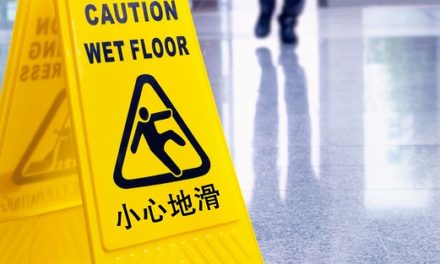For many motorists, driving in snowy weather is challenging at best. Unless you live on or near the equator and never travel away from the tropics, you’ll probably have to deal with snow at least once in your life. Winter weather can be unpredictable and hazardous, because snow and ice put extra demands on any automobile. If you walk outside to find a winter wonderland before you need to drive somewhere, use these winter driving tips to make sure you arrive at your destination safely.
Inspect Your Vehicle
Check your exhaust pipe before and after you drive in snow. Snow can get into the pipe, blocking it, which pushes carbon monoxide into the cabin during your next drive. Inhaling carbon monoxide for prolonged periods of time is very bad for you. Remove any ice and snow from your vehicle before you leave your parking space.
Be Aware of Your Surroundings
Keep your headlights clean. In most cities, bridges freeze hours before the streets freeze. According to Abels & Annes, rear endings are the most common type of car accidents, for any time of the year. That number spikes in the winter, though, as people follow too closely and then can’t stop fast enough because of ice. Always be aware of other drivers and how close you are to them.
Maintain Control of the Vehicle
When braking, don’t slam down on your brakes. Apply gentle, but steady, pressure to the pedal and decelerate slowly. This method will help you avoid skids and regain traction. Give yourself extra time to slow down at stop lights and stop signs. It takes longer to come to a complete stop on icy streets. When the streets are wet, your following distance should be at least eight seconds. The increased distance will give you more time to stop in an emergency.
Drive Cautiously on Hills
Hills and ice do not mix well, and even the best of drivers can have trouble with them. One thing to remember is to avoid starting your car on an icy incline. Without momentum or traction, your car will roll backwards, potentially out onto another street and into cross-traffic. If you need to go down an icy hill, let the car coast for the most part, and tap the brake as needed. If you need to go up a hill, that’s where things become more tricky. If the hill is steep and covered in ice, your best option is to find an alternate route, but if it’s a shorter hill, pick up a small amount of speed and let the momentum carry you up the hill.
Pack a Winter Survival Kit
You might think that you only need a survival kit if you’re going long distances, but it’s best to have a survival kit in your car at all times. The kit should have winter essentials like an emergency blanket (a space blanket works particularly well, since they’re small and very warm), a first aid kit, a 72 hour kit with non-perishable food and water in it, a flashlight, sand and salt, jumper cables, a flashlight, waterproof matches, extra warm clothing, and more.
Always check the weather forecast before you start your day. Do not drive in hazardous weather conditions if you do not have to make an important trip. Never panic when you are overwhelmed with snow. Your nervousness might cause an accident.






Recent Comments